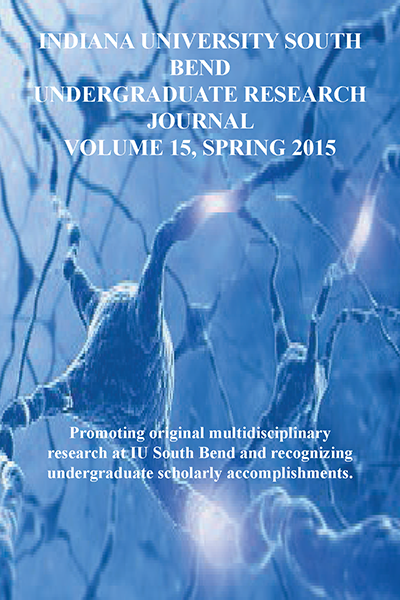Testing an Indium Matching Layer for Acoustic Transducers
Main Article Content
Abstract
Searching for the Dark Matter particle (a mysterious
material that composes nearly 85% of the matter in the universe) is a very
exciting endeavor for physicists. The PICO Collaboration is currently
conducting a direct detection experiment that uses a bubble chamber filled
with superheated liquid that is sensitive to nuclear recoils. Bubbles will
form when energy deposits cause a phase change in the liquid. These
interactions are monitored by sound and video equipment. Before a sound
wave, caused by the formation of a bubble within the detector, comes in
contact with an acoustic transducer, it has three mediums (the superheated
liquid, the inner fused silica quartz vessel and the Lead Zirconate Titanate
(PZT) piezoelectric transducer) that it must pass through. When there is
a difference in acoustic impedances in two materials, some of the sound
will be reflected. It is supposed to be possible to minimize this difference
by creating an intermediate layer with acoustic impedance between that of
the two materials. In previous attempts, a matching layer made of MAS
epoxy and tungsten carbide powder has been used to create an appropriate
acoustic impedance [1], but this matching layer dampened the signal. Here
we attempt to use a shim of pure indium instead. This paper describes the
development of an acoustic matching layer to be implemented on acoustic
devices on the PICO Collaboration dark matter detectors.
